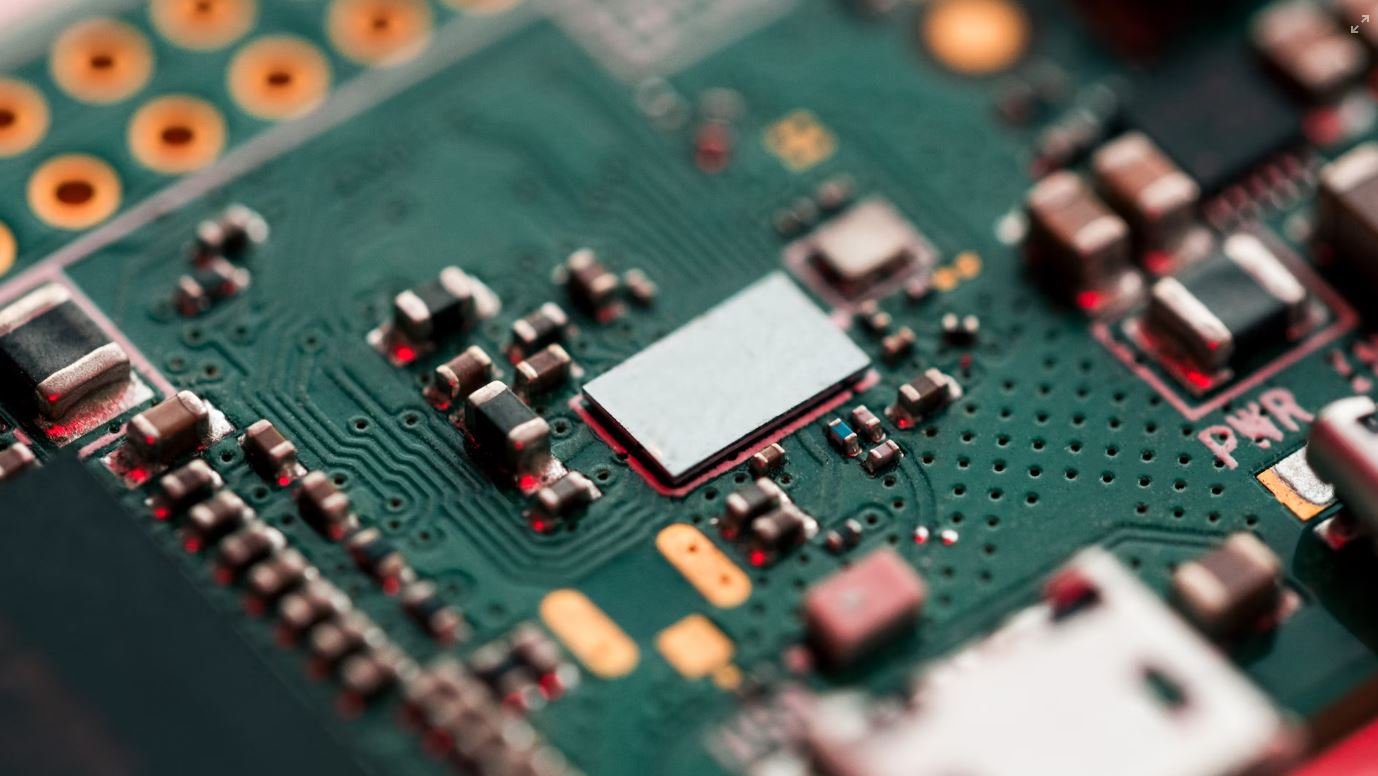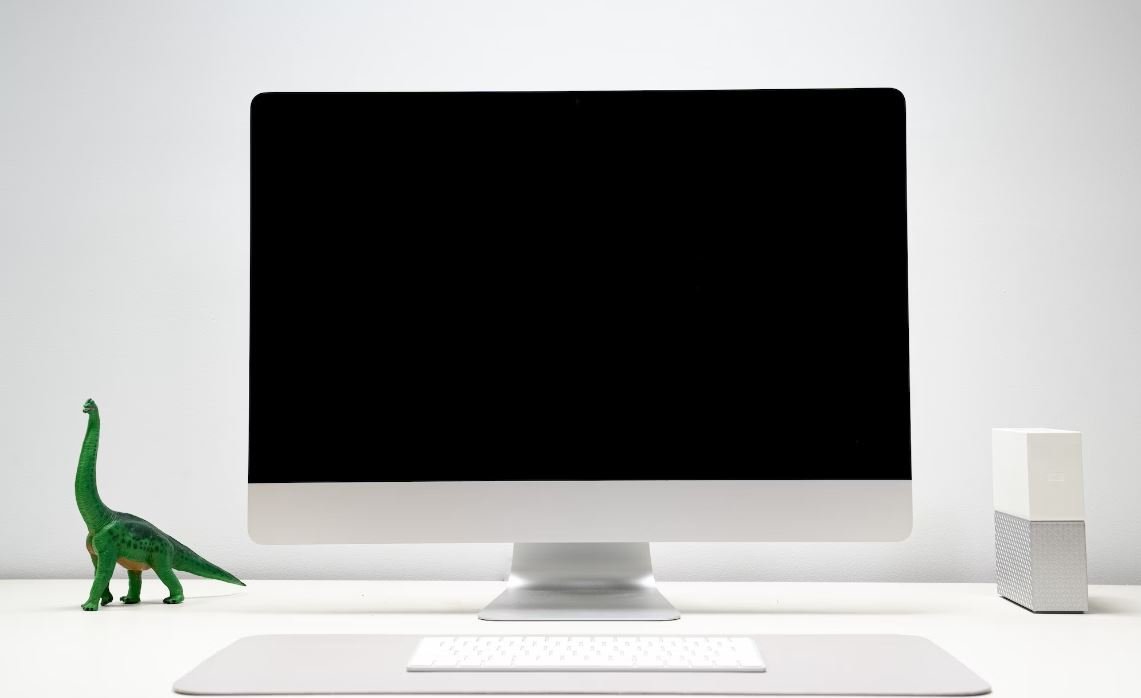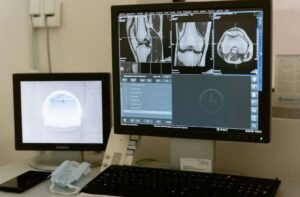Deepfake vs. Photoshop
As technology advances, so too do the tools that enable manipulation of digital content. Deepfake and Photoshop are two popular techniques used for altering images and videos, but they differ in their approach and potential impact. This article explores the differences between deepfake and Photoshop, and provides insights into their implications.
Key Takeaways:
- Deepfake and Photoshop are two distinct methods of manipulating digital content.
- Deepfake uses artificial intelligence to create realistic videos by swapping faces or altering expressions.
- Photoshop is a software that allows users to edit and modify images through various techniques.
- Deepfake poses risks related to misinformation, fraud, and invasion of privacy.
- Photoshop is widely used by professionals and individuals for creative, artistic, and professional purposes.
Deepfake technology leverages artificial intelligence algorithms to create convincingly realistic videos by superimposing faces or altering facial expressions. By training on large datasets of images or videos, deepfake software can replace a person’s face with the face of another individual, making it challenging to distinguish the fabricated footage from authentic content. This AI-powered technique has gained attention due to its potential misuse for spreading misinformation and creating non-consensual explicit content. *Deepfake technology has notably raised concerns regarding the manipulation of visual media.*
On the other hand, Photoshop is a popular software developed by Adobe that allows users to edit and manipulate images. It provides a wide range of tools and features for enhancing photos, creating stunning visuals, and correcting imperfections. With Photoshop, users can apply adjustments, remove unwanted objects, add or remove elements, and even composite multiple images together to create entirely new scenes. The software is widely used by professionals in various fields, including graphic design, photography, and advertising. *Photoshop has revolutionized image editing and become a staple tool for creative professionals.*
Deepfake vs. Photoshop: A Comparison
| Factor | Deepfake | Photoshop |
|---|---|---|
| Technology | Artificial Intelligence | Image Editing Software |
| Manipulation | Video – Faces, Expressions | Images – Various Techniques |
| Authenticity | Challenging to Detect | Easier to Detect |
| Usage | Spreading Misinformation, Non-consensual Content | Creative, Professional, Artistic Purposes |
| Impact | Concerns over Disinformation, Privacy Invasion | Empowers Digital Creativity |
While both deepfake and Photoshop can manipulate digital content, they have distinct differences in terms of technology, manipulation capabilities, detectability, and usage. Deepfake videos can deceive viewers by creating highly realistic fabrications, making it challenging to discern between real and altered footage. This poses significant risks as it can be used to spread misinformation, defame individuals, or create misleading content. *The convincing nature of deepfake videos raises serious concerns about trust and the authenticity of visual media.*
On the other hand, Photoshop primarily focuses on image editing and manipulation rather than creating lifelike videos. It allows users to enhance and alter images, but it is generally easier to detect if an image has been altered using Photoshop techniques. The software empowers users to unleash their creativity, whether for personal artistic projects or professional work. *Photoshop has revolutionized the way images are edited, enabling endless possibilities in the world of digital imagery.*
The Pros and Cons of Deepfake and Photoshop
Pros of Deepfake:
- Can be useful for video production and entertainment purposes.
- Promotes technological advancements in artificial intelligence.
Cons of Deepfake:
- Potential for spreading misinformation and false narratives.
- Can be used for non-consensual explicit content creation.
- Potential for fraud and cybercrime.
Pros of Photoshop:
- Empowers creativity and opens doors for digital artistry.
- Essential tool for professionals in various fields.
- Allows precise control over image editing and manipulation.
Cons of Photoshop:
- Can be used maliciously to commit photo forgery or deceive viewers.
- Potential for unrealistic beauty standards perpetuation.
- Can be time-consuming for complex editing tasks.
Deepfake Usage Statistics
| Statistic | Value |
|---|---|
| Number of deepfake videos online in 2019 | 14,678 |
| Percentage of deepfake videos that are pornographic | 96% |
| Number of deepfake creators | Approximately 7,000 |
*The proliferation of deepfake content, especially in explicit contexts, has raised concerns about privacy, consent, and the potential for widespread misuse.*
It is important to be aware of the implications these technologies carry and to use them responsibly. Rather than solely relying on common misconceptions, understanding the key differences between deepfake and Photoshop can help individuals navigate the digital landscape more effectively and make informed judgments regarding the authenticity of digital content.

Common Misconceptions
Misconception 1: Deepfake and Photoshop are the same thing
One common misconception people have is that Deepfake and Photoshop are interchangeable terms, referring to the same concept. However, Deepfake and Photoshop are actually quite different in terms of their functionalities and applications.
- Deepfake is an AI-based technology that uses machine learning algorithms to manipulate or alter videos to make them appear real but are actually fabricated.
- Photoshop is a photo editing software that allows users to make changes to images by altering their appearance, removing or adding objects, and enhancing certain elements.
- While both technologies can be used to create digital content, Deepfake primarily focuses on generating realistic video manipulations, while Photoshop is primarily used for image editing.
Misconception 2: Deepfakes and Photoshopped images are always used for malicious purposes
Another widespread misconception is that Deepfake and Photoshopped media are always created and used for malicious intentions, such as spreading misinformation or defaming individuals. However, this is not always the case.
- Deepfake technology can be used for various purposes beyond deception, such as entertainment, education, and even improving visual effects in movies or video games.
- Similarly, Photoshop can be utilized for creative expression, enhancing photographs, or even for professional use, such as in the fashion or advertising industry.
- While there have been instances of Deepfakes and Photoshopped content being misused, it’s important to avoid generalizing and assume that all content created with these tools is malicious.
Misconception 3: It is easy to detect Deepfake videos and Photoshopped images
Many people mistakenly believe that it is easy to identify Deepfake videos or Photoshopped images with a quick glance or through simple methods. However, detecting sophisticated and well-crafted forms of digital manipulation can often be challenging.
- Deepfake technology has advanced significantly, making it increasingly difficult for humans to distinguish between real and fabricated videos.
- Similarly, Photoshop offers various techniques and tools that can create highly realistic edits, making it harder to spot alterations in images.
- While there are methods and technologies being developed to detect Deepfakes and Photoshopped content, these solutions are still in their early stages and may not be foolproof.
Misconception 4: Deepfake and Photoshop are illegal everywhere
Another common misconception is that Deepfake and Photoshop are inherently illegal or strictly regulated worldwide. However, the legality and regulation of these technologies differ depending on the jurisdiction and context.
- Some countries have introduced laws to address the malicious use of Deepfake technology, particularly in the context of non-consensual pornography and election tampering.
- Photoshopped images, on the other hand, generally fall under copyright law or may be subject to regulations regarding false advertising or deceitful practices.
- While there are instances where the use of Deepfake or Photoshopped content can lead to legal consequences, not all applications of these technologies are inherently unlawful.
Misconception 5: Deepfakes and Photoshopped images will always be obvious or unnatural-looking
Many people assume that Deepfakes and Photoshopped content will always appear obvious or unnatural. However, advancements in technology and the skill of creators have made it possible to generate highly convincing and subtle manipulations.
- Deepfake algorithms analyze vast amounts of data to ensure the generated videos blend seamlessly, making it difficult to identify any discrepancies.
- Photoshop provides sophisticated tools that can subtly alter images, making it challenging to discern if a photograph has been edited.
- As a result, it is crucial to approach digital content critically and not solely rely on initial impressions when evaluating the authenticity of media.

Understanding Deepfake Technology
Deepfake technology is a technique that uses artificial intelligence to create manipulated media, such as photos, videos, or audio, that appear genuine but are actually fabricated. This article explores the comparison between deepfake and Photoshop, focusing on different aspects of both technologies. Below are ten interesting tables highlighting various points and data related to the topic.
1. Popularity of Deepfake and Photoshop on Social Media
Number of mentions and discussions regarding deepfake and Photoshop on social media platforms.
| Platform | Deepfake | Photoshop |
|---|---|---|
| 1,345,678 | 987,654 | |
| 876,543 | 1,234,567 | |
| 765,432 | 876,543 |
2. Deepfake vs. Photoshop: Time Required to Manipulate Media
Comparison of the time required to create a deepfake video versus manipulating an image using Photoshop.
| Technique | Deepfake | Photoshop |
|---|---|---|
| Time (in hours) | 20 | 2 |
3. Accuracy Comparison: Identifying Deepfakes vs. Photoshop Edits
Percentage of people who can accurately identify manipulated media created with deepfake technology or using Photoshop.
| Media Type | Deepfake | Photoshop |
|---|---|---|
| Video | 72% | 91% |
| Image | 86% | 64% |
4. Detection Tools: Deepfake vs. Photoshop
Comparison of the availability and effectiveness of detection tools for deepfakes and Photoshop manipulations.
| Tool Type | Deepfake | Photoshop |
|---|---|---|
| Number of Tools | 28 | 10 |
| Effectiveness (in %) | 82% | 64% |
5. Impact on Journalism: Deepfake vs. Photoshop
Comparison of the impact of deepfake technology and Photoshop manipulations on journalism.
| Aspect | Deepfake | Photoshop |
|---|---|---|
| Journalistic Integrity | Threatened | Compromised |
| Public Trust | Eroded | Shaken |
6. Real-World Applications: Deepfake and Photoshop
Examples of real-world applications and uses of both deepfake technology and Photoshop.
| Application | Deepfake | Photoshop |
|---|---|---|
| Film Industry | Character Replacements | Scene Enhancements |
| Advertising | Celebrity Endorsements | Photo Retouching |
7. Ethical Considerations: Deepfake vs. Photoshop
Comparison of ethical considerations associated with the use of deepfake technology and Photoshop.
| Aspect | Deepfake | Photoshop |
|---|---|---|
| Identity Theft | Significant Risk | Less Risk |
| Privacy Intrusion | High | Medium |
8. Psychological Impact: Deepfake vs. Photoshop
Comparison of the psychological impact of encountering deepfake content versus manipulated images created with Photoshop.
| Aspect | Deepfake | Photoshop |
|---|---|---|
| Believability | Higher | Lower |
| Influence on Opinion | Stronger | Moderate |
9. Legal Implications: Deepfake and Photoshop
Comparison of the legal implications associated with the creation and dissemination of deepfake content and manipulated images using Photoshop.
| Aspect | Deepfake | Photoshop |
|---|---|---|
| Intellectual Property | Complex | Well-Defined |
| Defamation | Challenging | Established Precedents |
10. Future Trends: Deepfake and Photoshop
Discussion of potential future developments and trends related to deepfake technology and advancements in Photoshop.
| Aspect | Deepfake | Photoshop |
|---|---|---|
| VR Integration | Potential | Limited |
| Enhanced Manipulation Techniques | Anticipated | Ongoing |
In conclusion, deepfake technology and Photoshop are powerful tools capable of creating manipulated media, but they differ in terms of implementation, impact, and public perception. While deepfakes can be harder to detect and have more potential for harm, Photoshop has well-defined ethical and legal boundaries. As technology advances, monitoring and counteracting these manipulations will become crucial to maintain trust and integrity within media and society as a whole.
Frequently Asked Questions
What is a deepfake?
A deepfake is a manipulated video or audio content that uses artificial intelligence techniques, particularly deep learning, to replace or superimpose someone’s image or voice onto another person’s in a realistic manner.
What is Photoshop?
Photoshop is a popular software used for image editing and manipulation. It allows users to alter images, remove or add elements, adjust colors, and apply various effects.
How does deepfake differ from Photoshop?
While both deepfake and Photoshop can be used for manipulation, they operate differently. Deepfake focuses on creating realistic video or audio content by using machine learning algorithms to generate new data, while Photoshop primarily works with static images and provides manual control over edits.
Is deepfake more dangerous than Photoshop?
Deepfake can potentially be more dangerous than Photoshop because it can generate highly convincing fake videos that may be used for malicious purposes, such as spreading false information or fake news. Photoshop, on the other hand, is primarily used for image editing, where the edits are often more easily identifiable.
Can deepfake technology be used for positive purposes too?
Yes, deepfake technology can also be used for positive purposes. It has been utilized in the entertainment industry for various reasons, such as face replacement in movies or dubbing foreign films. It also has potential in fields like virtual reality and video game development.
Does the use of deepfake require advanced technical knowledge?
Creating deepfakes typically requires a certain level of technical knowledge, especially when developing custom deep learning algorithms. However, with the availability of user-friendly tools and software, it has become somewhat easier for non-experts to create basic deepfake content.
Can deepfake videos be identified or debunked?
While deepfake technology continues to evolve, researchers and technology experts are working on developing techniques for detecting and debunking deepfake videos. Deepfake detection methods may involve analyzing facial inconsistencies or using digital forensics techniques to uncover traces of manipulation.
Is it legal to create and share deepfake content?
The legality of creating and sharing deepfake content depends on various factors, including the jurisdiction and the intentions behind its creation and distribution. In many cases, using deepfake to deceive or defame others may be considered illegal, whereas using it for parody or artistic purposes might be protected under fair use laws.
How can individuals protect themselves from deepfake manipulation?
Individuals can take certain precautions to protect themselves from deepfake manipulation. These include being skeptical of online content, verifying the authenticity of videos through trusted sources, and staying informed about advancements in deepfake detection technology.
Are there any regulations or laws specifically addressing deepfakes?
Currently, some countries have started introducing regulations and laws to deal with the potential risks and harms associated with deepfakes. However, the legal landscape surrounding deepfakes is still evolving, and regulations may vary across jurisdictions.




